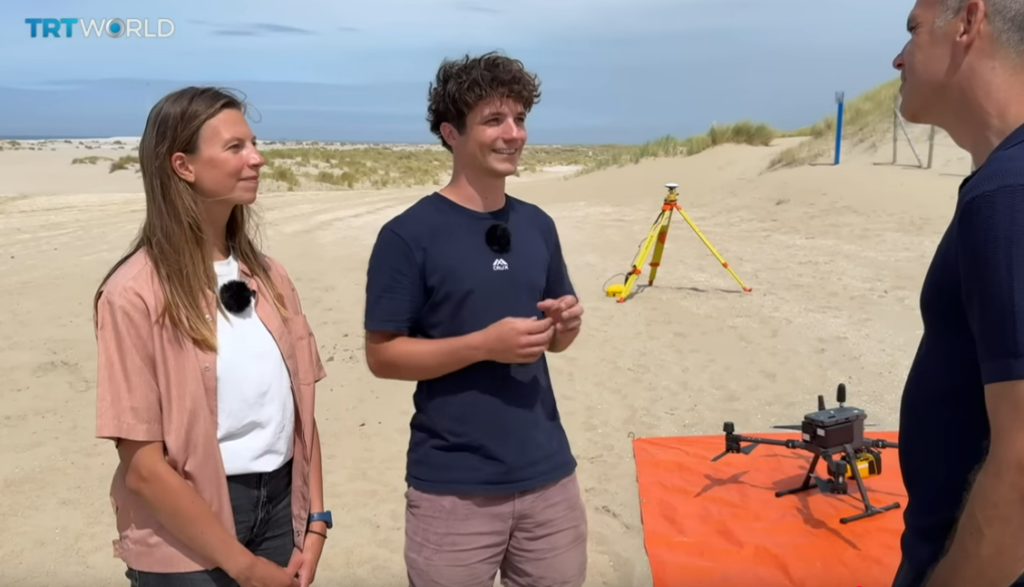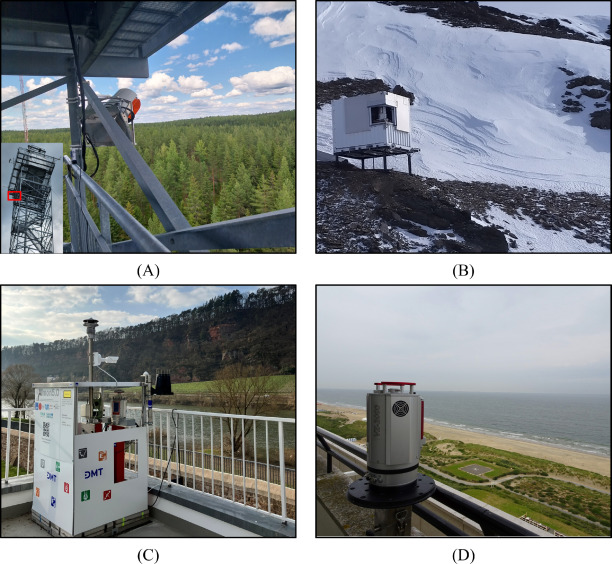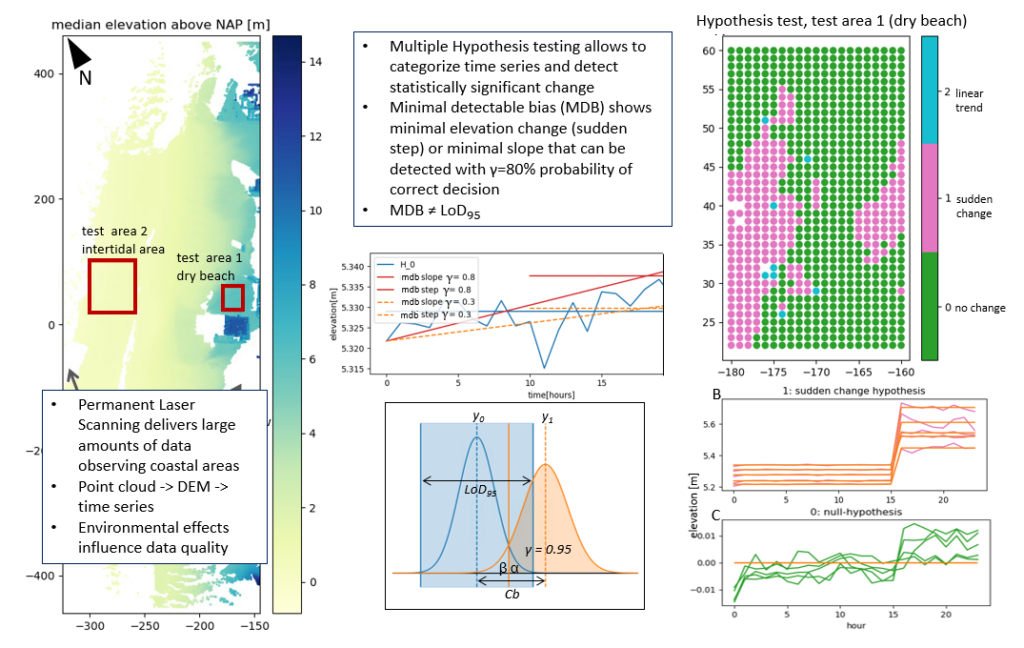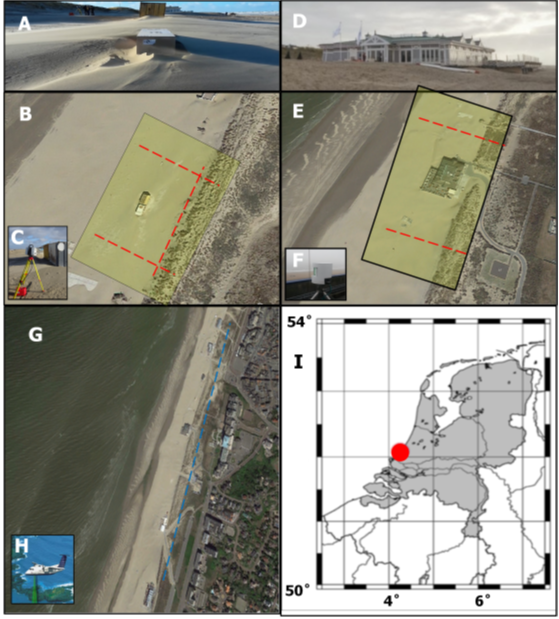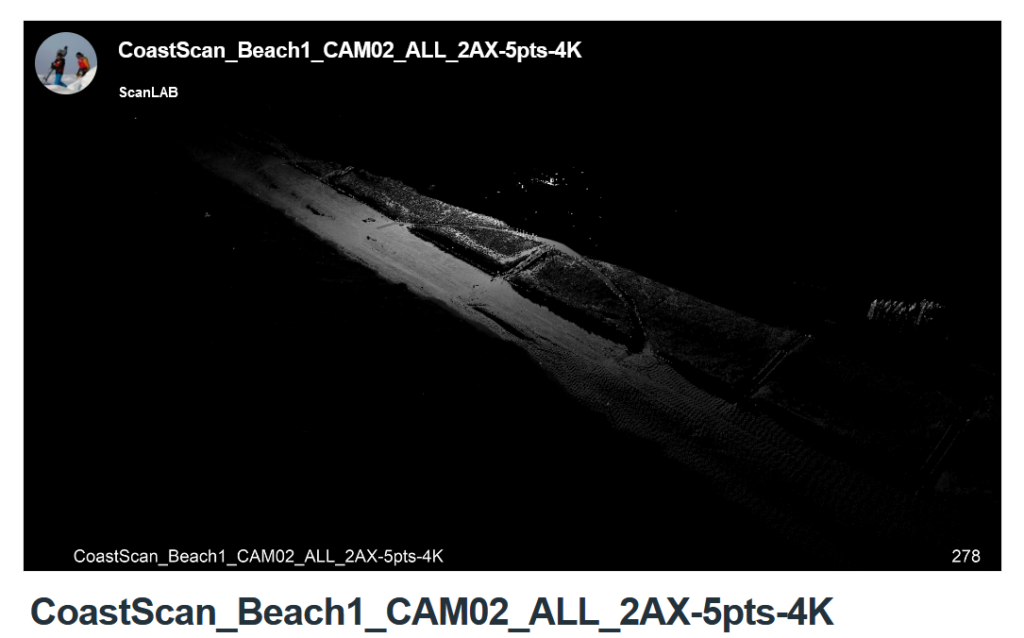Last Wednesday (13 aug 2025), AdaptCoast PhD student Daan Hulskemper, together with Romy Hulskamp, and Sierd de Vries were featured in NexTech in an episode on Dutch coastal protection works. Here they discussed the Zandmotor and their current field campaign and research focus. Their contribution to the broadcast is visible here: https://youtu.be/GM6dGhzY3D8?si=aDVT6WFoalp3e4oq&t=1231
